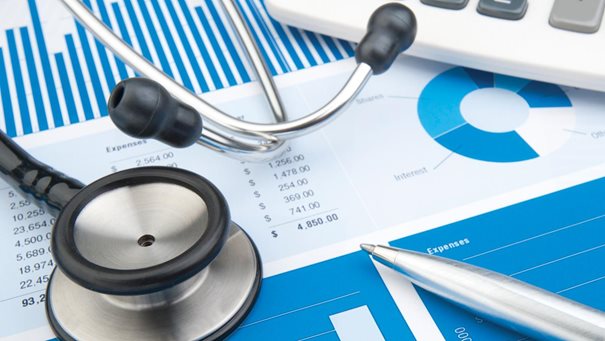Source – pmlive.com
Owing to their wide-ranging involvement across the business, medical affairs experts are already uniquely placed to help pharma engage with a variety of stakeholders to understand their needs and develop solutions.
Capitalising on digital technologies that generate and analyse vast volumes of data can give medical affairs teams the edge in developing evidence-based communication strategies for stakeholders, and in ensuring that the right key opinion leaders (KOLs) are engaged for the right project.
Leveraging the right data toolsets also enables medical affairs teams to measure the impact of their strategies and prove their worth to the commercial department.
How can medical affairs teams harness the power of data?
The sheer volume of relevant data and the fact that it is often stored in silos has been a problem in the past. However, advances in data integration, data mining and also metrics analysis technologies, such as Medmeme’s Share of Scientific Voice (SoSV), mean that the often overwhelming array of medical and scientific data that exists across the globe, and that is constantly being created, can now be filtered, aggregated, analysed and presented in more meaningful ways.
Indeed, instead of being viewed in isolation from each other as ‘snapshots’ or ‘points in time’, data collections can now be contextualised to enable the analysis of patterns and trends, and for relative assessments to be made on what is happening now and how things may change in the future. This can help medical affairs teams to plan and execute proactive, unbiased, scientific and dissemination-based strategies that are evidence supported.
Leveraging relevant data can also assist in building and maintaining long-term strategic partnerships with KOLs, which are essential to enabling meaningful engagement within a therapeutic area. Previously, identifying the right KOLs and determining how to engage with them effectively was a time consuming and laborious process.
However, thanks to advances in data collection and visualisation, this process is becoming much simpler. For example, Medmeme’s product called Link enables medical affairs departments to link with the right scientific expert for the right endeavour and gather a wealth of information about them, such as where they rank among their peers and their key areas of focus in a therapeutic area, at the touch of a button. This constantly updated information can reduce meeting preparation times by up to 75% for medical affairs departments, and leads to more productive and informed engagement with the right experts.
How can medical affairs departments measure their success?
Traditionally, it has been hard for medical affairs teams to validate their activities in the absence of any value metrics. However, Medmeme is leveraging the largest set of published science in the world to change all that, via a concept known as Share of Scientific Voice℠ (SoSV). SoSV is the collective number of times a manufacturer’s drug or molecule is noted in the scientific literature and it can be a critical factor of success in the years leading up to the launch of a new product.
New tools that analyse the quantity and quality of scientific dissemination on a company or its products, mean that pharma can now assess its own SoSV and that of its competitors. This helps pharma to gauge how well it is doing competitively and where its scientific information can best be disseminated. It is also a powerful way to track new discoveries, research trends and shifts in the market place, so that pharma can understand what’s happening and adjust its future objectives and behaviours accordingly.
Being able to analyse share of scientific voice and the overall therapeutic area landscape also means that pharma can seek out the most appropriate investigators for research and choose the best journals for publications with greater accuracy. Indeed, pharma can now accurately identify the right scientific leaders and define how best to engage with them based on their body of work and specific research interests.
The Medmeme database includes SoSV information scanned from over 11,000 scientific meetings and over 10,000 reputable publications, and can be used to measure the impact and visibility of a given product in the scientific arena. Such products can create and facilitate a valuable and logical measure of value for the work of medical affairs.
Making the most of big data in medical affairs
The adoption of big data toolsets has huge potential for the pharma industry as companies vie to dramatically improve the health and longevity of patients worldwide. They can help medical affairs teams to identify the right KOLs; facilitate high quality, evidence-based information exchanges with them and other stakeholders, and feed valuable insights back into the business. They also enable medical affairs teams to measure the impact of their endeavours and demonstrate the value they bring to the business.
